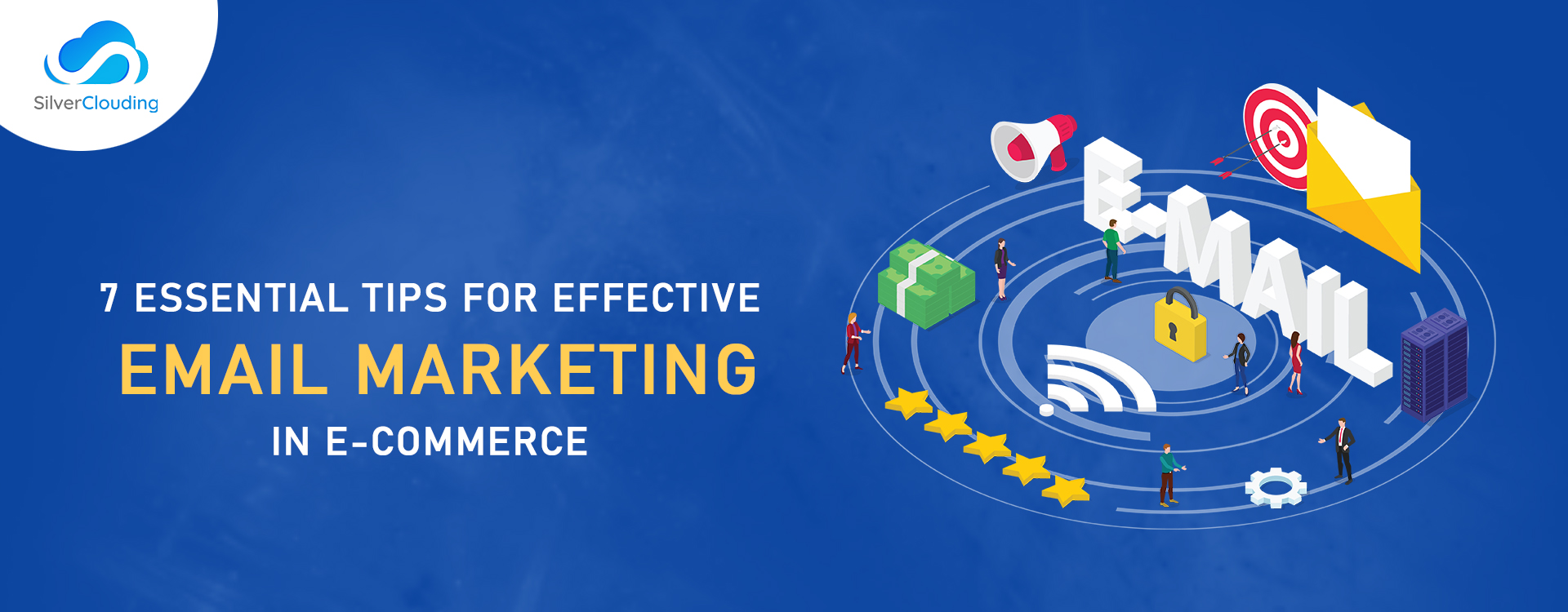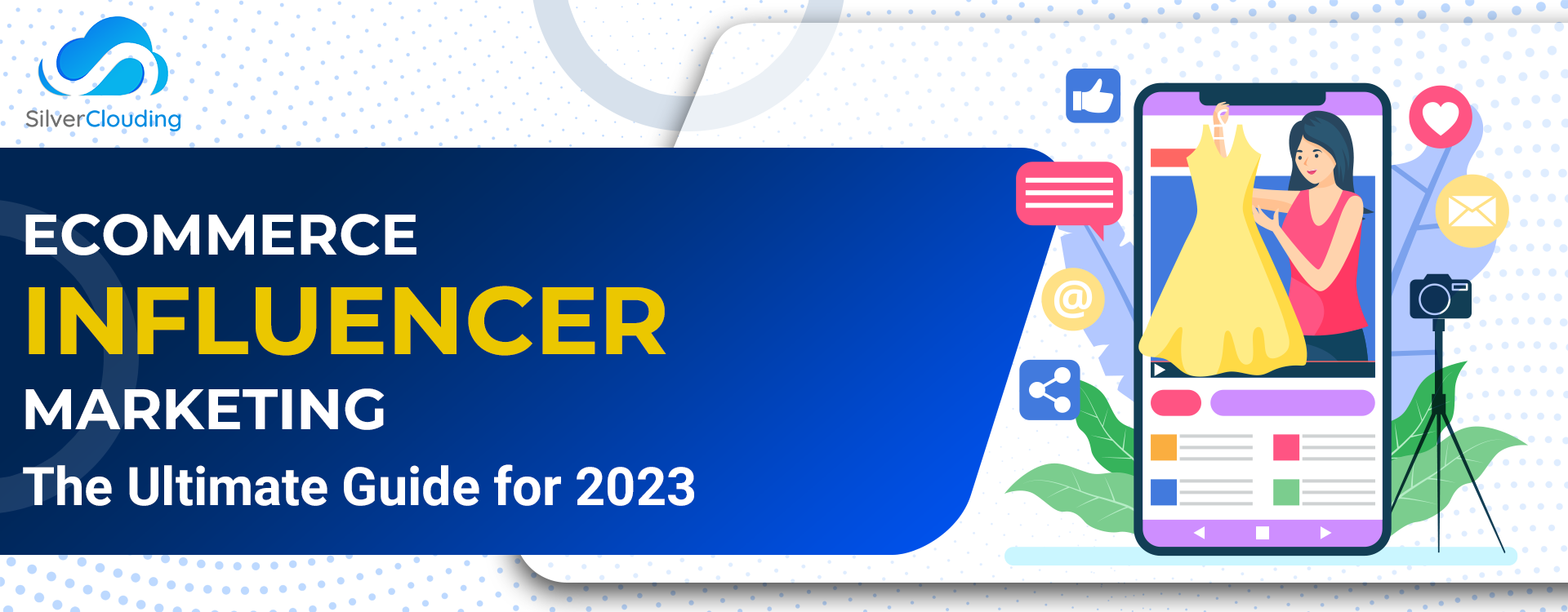In today’s digital environment, email marketing has become a crucial part of effective online business operations. It is a marketing strategy that involves sending customized emails to a sizable audience with the purpose of advertising products, conveying updates, and promoting desired activities.
Email marketing offers unmatched benefits, from introducing new items to fostering consumer relationships. It is an absolute necessity for e-commerce enterprises due to its high return on investment (ROI) and effectiveness in creating a strong link with the audience.
In this blog, we’ll look at seven key suggestions to help you master email marketing and succeed in your e-commerce operations.
1. Develop strengthened lead magnets
Lead magnets are discounts offered to clients in return for their contact information. On most websites, a lead magnet is the first thing visitors see when they arrive. It should grab their attention and compel them to click through and read more about the brand.
A brand may lose out on prospective leads if its lead magnets are not optimized for conversion.
2. Create Subscriber Segments
It refers to a technique for classifying your subscribers into groups based on their preferences and actions so that you may send them targeted offers, material, and other notifications.
Being able to target your audience with tailored emails makes this a crucial component of email marketing. This method can also be used to make different versions of your emails, including welcome, thank-you, and follow-up emails.
3. Try Different Lead Generation Ads
Reaching potential customers is the objective of lead-generating advertisements.
They typically start at the top of the page, where they can be seen for longer than other kinds of adverts.
This indicates that they get more clicks than ads displayed below the fold. Therefore, if you use these ads too frequently, you should be able to generate leads.
4. Improve Campaigns Using Email Analytics
Examining your emails’ bounce rate opens, clicks, and unsubscribes is one approach to using email analytics to optimize campaigns. Then, apply that knowledge to improve your existing efforts.
This involves sending emails at various times during the course of the week, experimenting with subject lines, switching up the call to action, and testing alternative creative approaches.
5. Make an introductory email series.
If you want to turn subscribers to your e-commerce email marketing into devoted customers, it’s critical to make a fantastic first impression. You will require more than one welcome email in order to accomplish this. However, a welcome email series is an effective approach to introducing your e-Commerce brand, establishing client expectations, and highlighting how you differ from rivals. With numerous positive interactions with your new subscribers and exposure to your e-commerce brand, you will be able to establish trust with them.
6. Send emails with Back-in-Stock Alerts
When a product is out of stock, inform the clients rather than hide the product page as some online store owners do. Give them the option to enter their email address as well so they can receive notifications when the product becomes available.
As soon as you receive their emails, make sure to update them frequently to keep them informed. By doing this, you will keep some customers who would have otherwise visited your competitors’ websites.
7. Send a series of abandoned cart emails.
Cart abandonment occurs when a potential consumer leaves his shopping cart before checking out for payment.
Abandoned carts cost the e-commerce sector a total of around $18 billion every year. But with an abandoned cart email series, you can encourage your customers to come back to your online business and finish their purchases.
A good abandoned cart email series will enhance your client experience in addition to helping you recover (perhaps lost) income.
But before getting started with these strategies consider the following advice:
- Make sure that your emails are short. Keep your emails between 60 and 200 words as long emails are boring to read.
- Include images of your products or services since people relate while seeing things.
- Each email must have a clear CTA so readers know what to do next.
Here are some popular apps that can help you leverage email marketing strategies:
- Klaviyo: Klaviyo is a popular email marketing platform specifically designed for eCommerce businesses. It provides advanced segmentation capabilities, automation workflows, personalized email campaigns, and in-depth analytics.
- Mailchimp: Mailchimp is a widely used email marketing platform that offers a range of features, including email automation, customizable templates, audience segmentation, and detailed reporting. It integrates with various eCommerce platforms.
- GetResponse: GetResponse is a comprehensive marketing platform that offers email marketing capabilities. It provides automation, responsive email templates, list segmentation, A/B testing, and integration with eCommerce platforms.1
- Campaign Monitor: Campaign Monitor offers email marketing solutions for businesses of all sizes. It provides features like drag-and-drop email builders, automation, segmentation, A/B testing, and analytics.
- SendinBlue: SendinBlue is an all-in-one marketing platform that includes email marketing features. It offers customizable templates, automation workflows, contact segmentation, and detailed reporting.
Businesses may take use of a wide range of services to improve their email marketing by partnering with Silverclouding, a Shopify agency focusing on e-commerce development services. While building an email list is crucial, sustaining interaction and keeping an eye on campaign performance is essential for maximizing outcomes. With us, businesses may successfully engage customers, drive conversions, and succeed in the competitive e-commerce landscape with the help of their expertise in both e-commerce development and email marketing.




